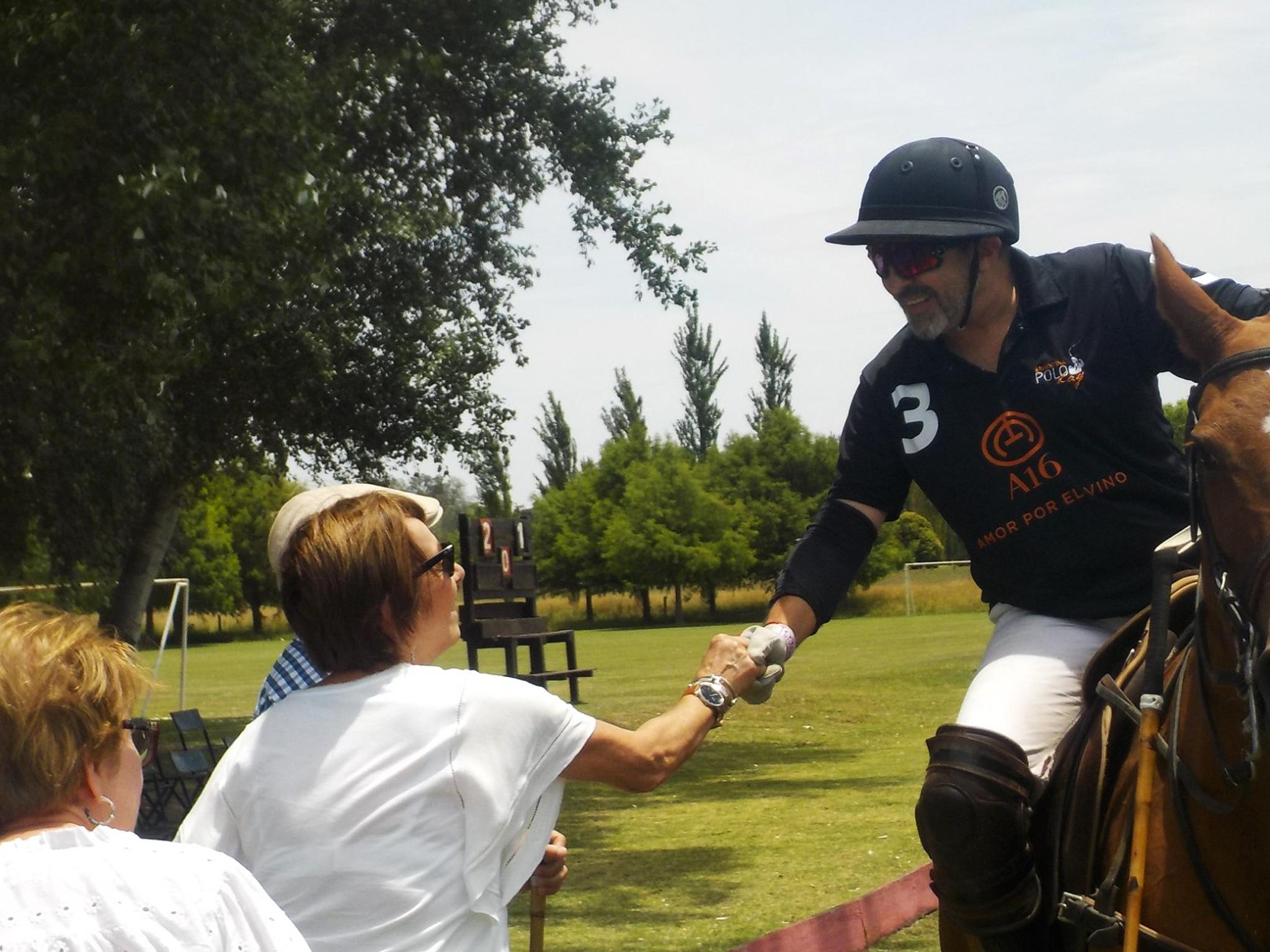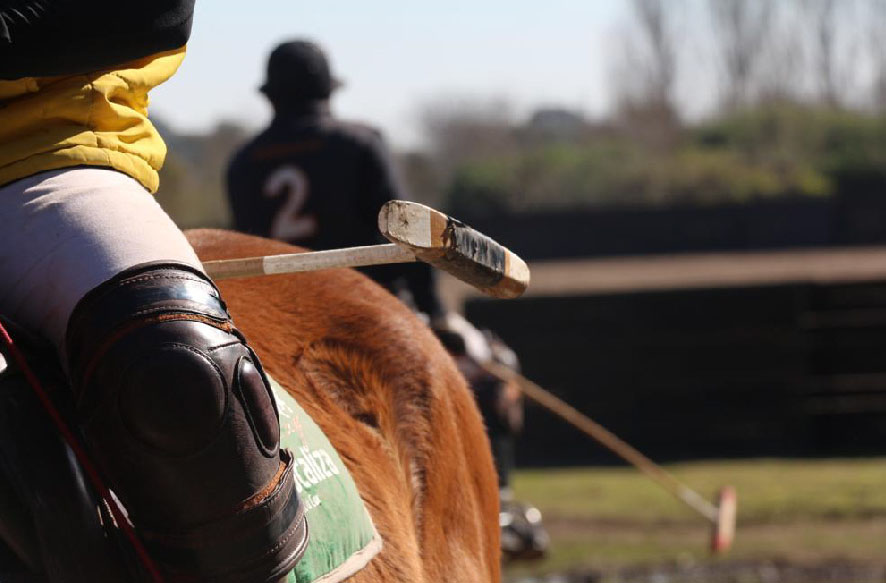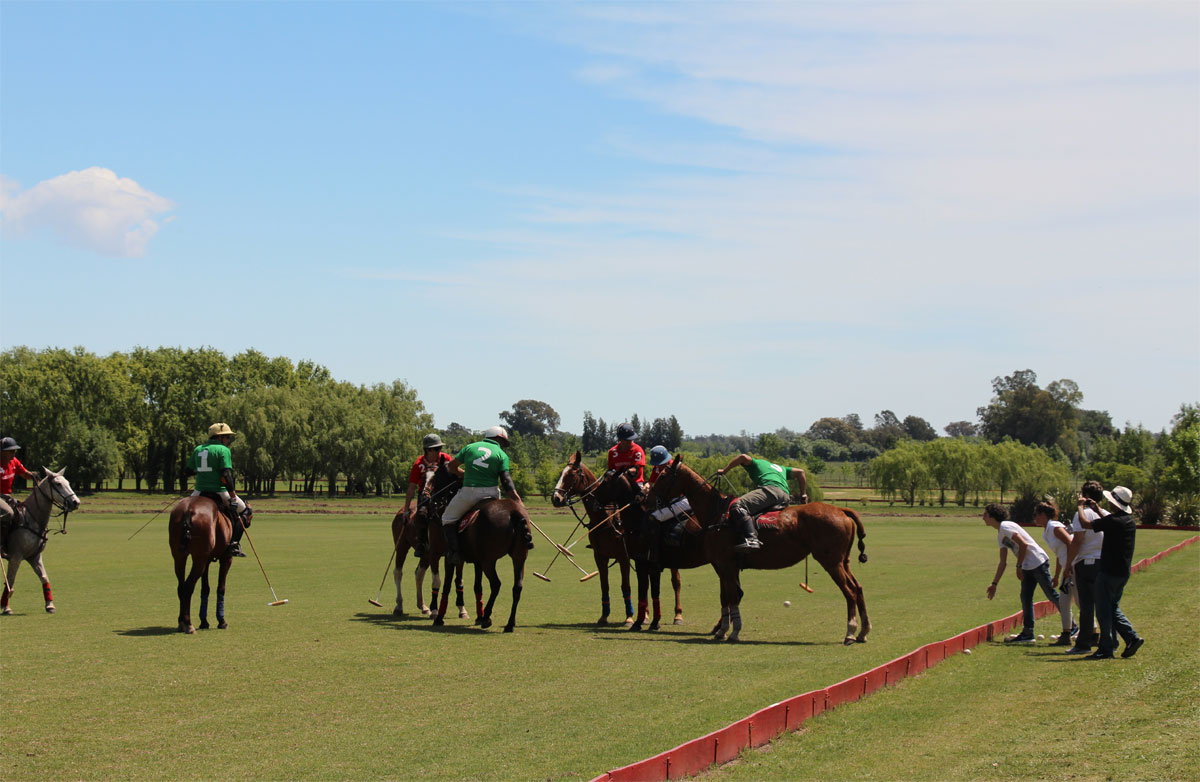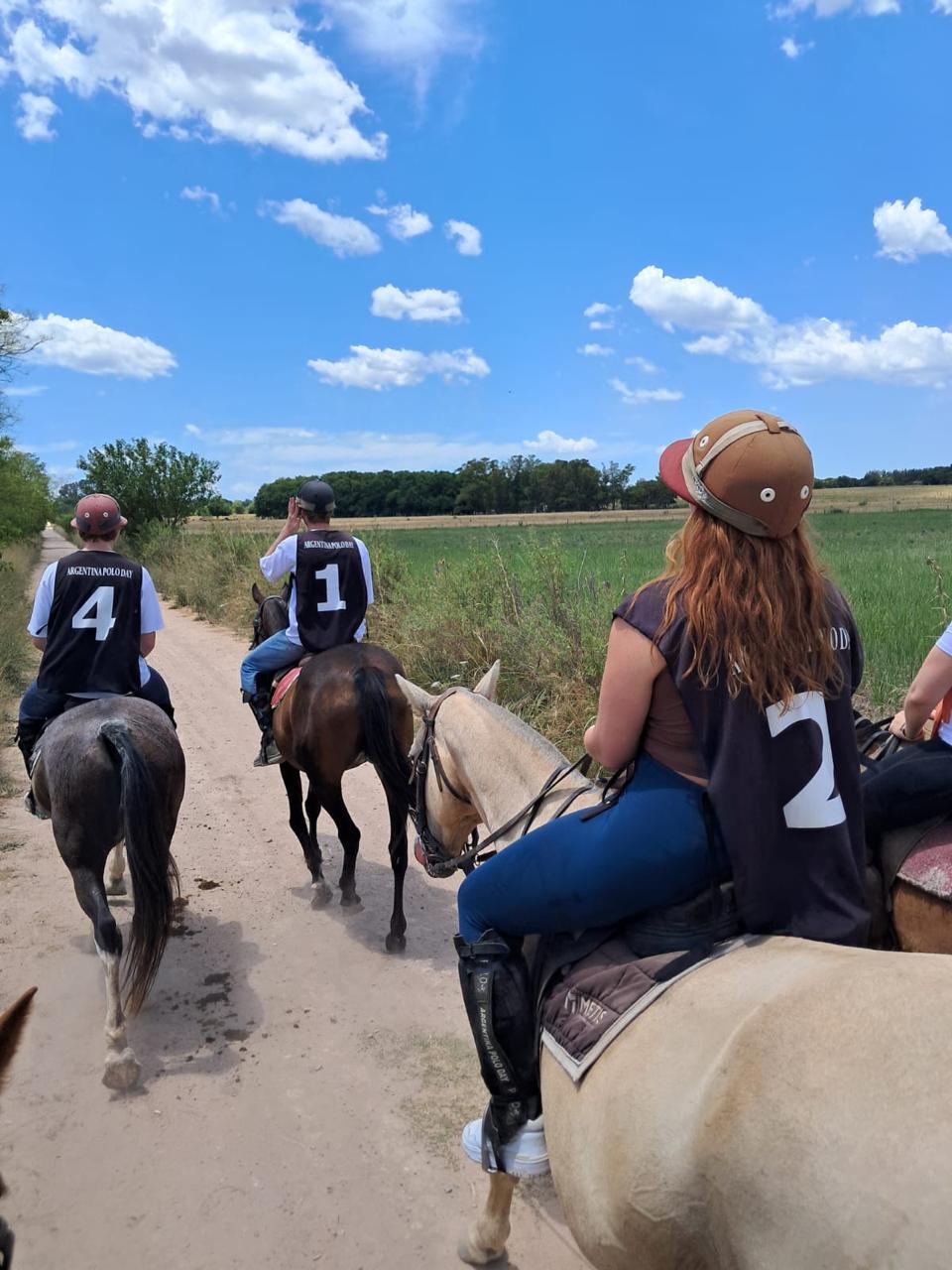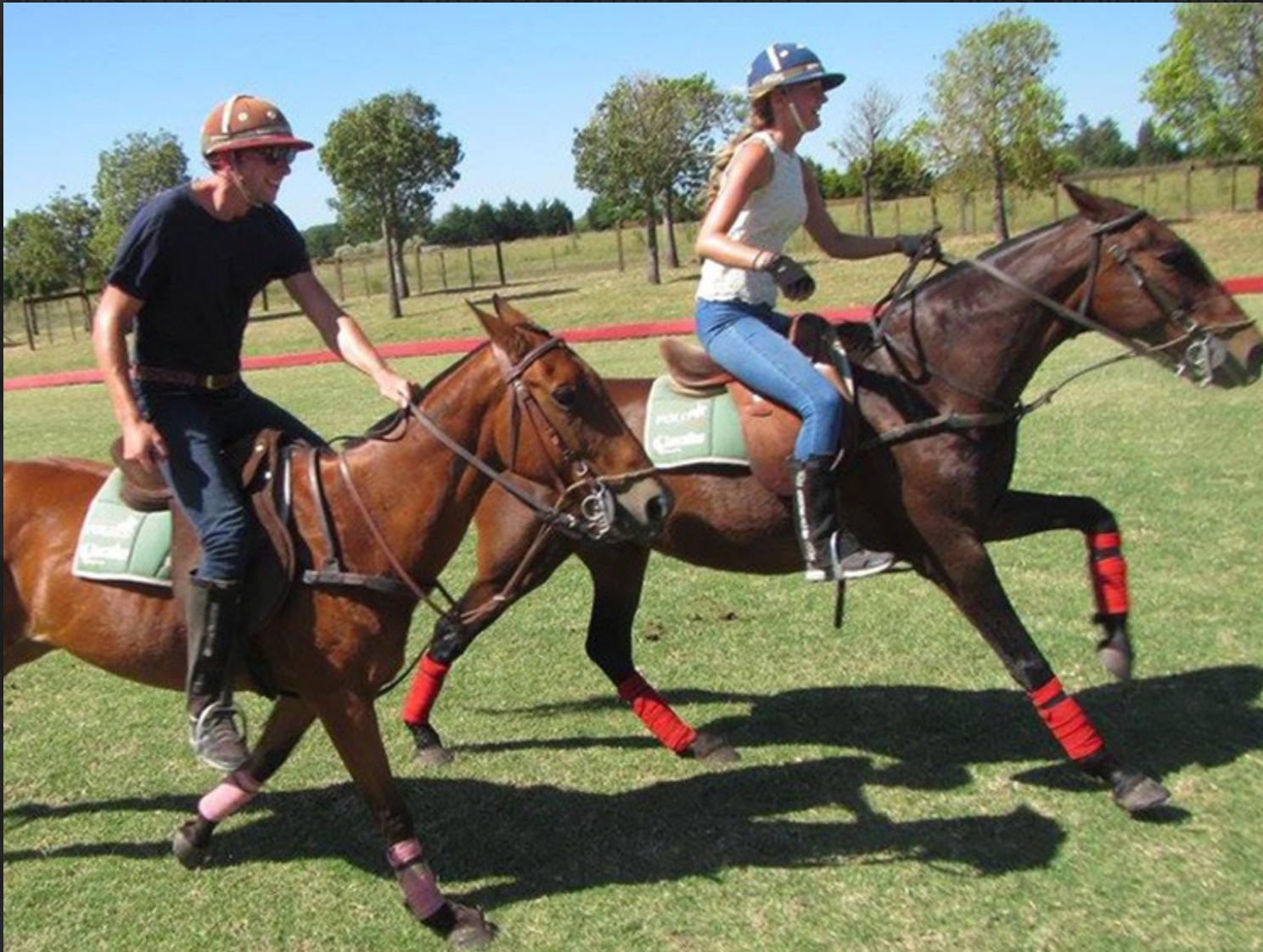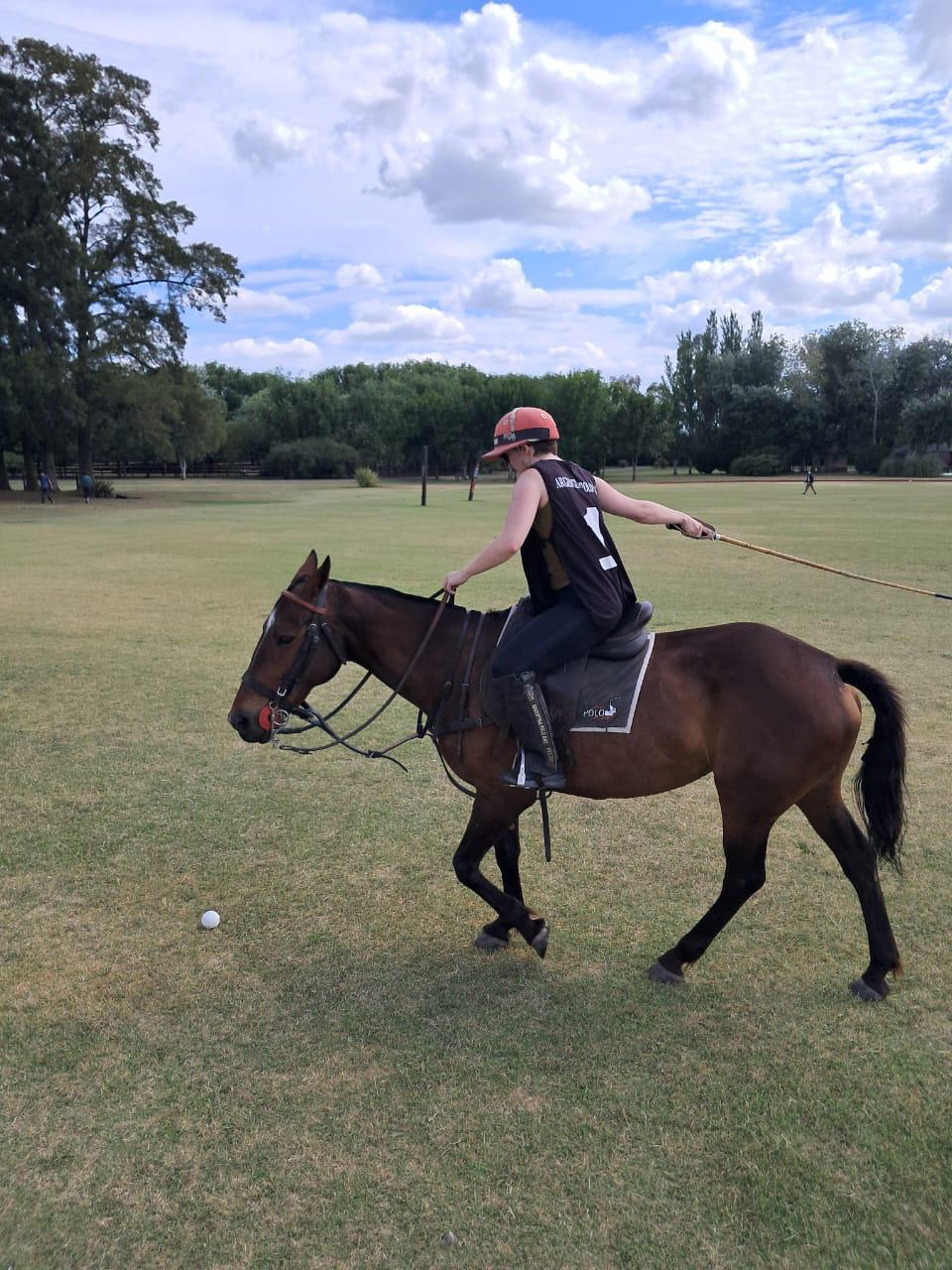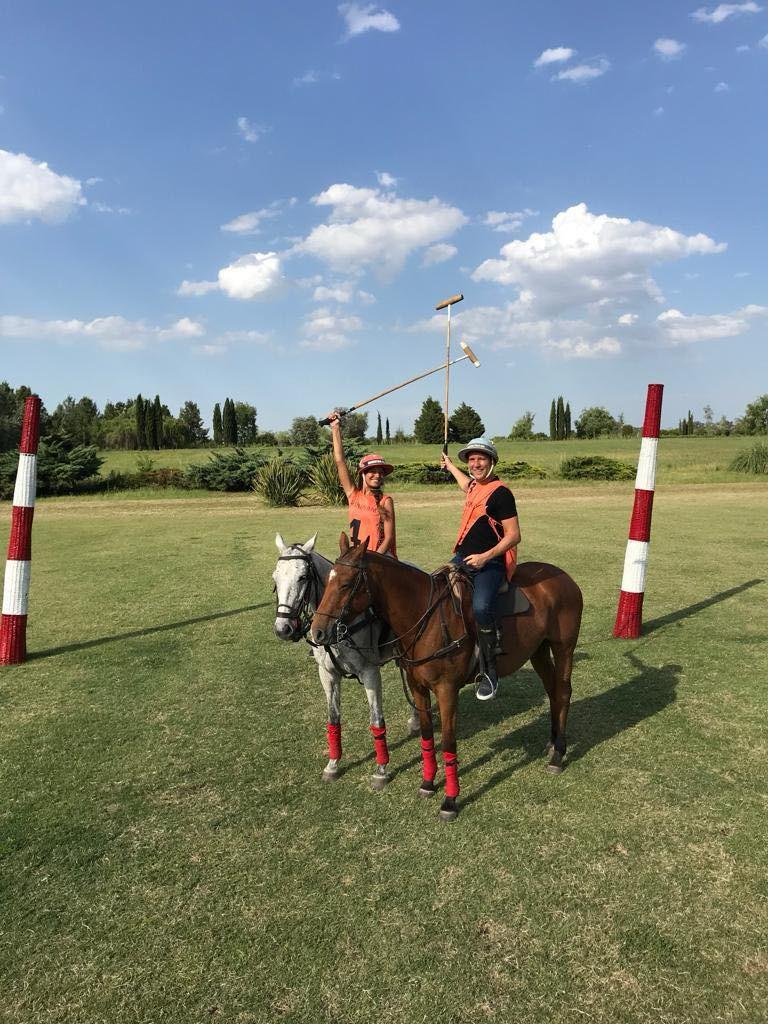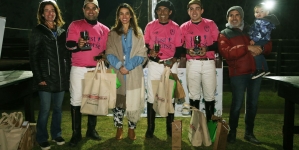-
Creando experiencias de alto valor - 2 días hace
-
Encuentro positivo y productivo con Marca País Argentina - 6 mayo, 2025
-
Polo, vino y tradición: una colaboración que destaca lo mejor de Argentina - 8 abril, 2025
-
What Equipment Is Needed to Play Polo? - 25 marzo, 2025
-
Argentina Polo Day Magazine #4 - 14 marzo, 2025
-
What are the basic rules of polo? - 6 marzo, 2025
-
- 3 febrero, 2025
-
Argentina Horses: A Legacy of Strength and Grace - 27 enero, 2025
-
Where Can I Learn to Play Polo in Buenos Aires? - 18 enero, 2025
-
Where to Watch Polo in Buenos Aires? - 5 enero, 2025
LIVING POLO 1: POLO HORSE FEEDING
Polo horses require two kinds of food: hay and grains. These must be given to the horse on proper amounts. If you feed your horse too much, it might result in an overweight, sick or crippled horse. On the other hand, if you feed it too little, it might reduce its stamina and resistance to diseases.
The best and most natural source of food for a horse is good pasture grass and dry hay, but if you have polo ponies, or horses that practice any kind of hard-work activity, grains must be added to the horse’s diet. The harder they work or train, the more grain they should eat.
A recommended daily diet for a polo horse might consist of: between 0,30 and 0,45 kg of hay per 45 kg of body weight. The same formula can be applied for grains (barley, corn, oats). Nevertheless, the ratio and amount of feed should be checked by a veterinarian. It is also recommended to divide the daily ration into two feeds, one in the morning and another one in the evening; or even more, since the digestive track of a horse works better with smaller amounts of food —a full ration once a day might cause colic.
A polo horse’s diet should also consist of a tablespoon of salt in the grain. Water should be available to the horse at all times if possible, mainly before and after feeding.
Source: Argentina Polo Day
We are glad to introduce you to our series of articles LIVING POLO about our day-to-day polo life. Welcome and Enjoy it!
More? Living Polo 2: The Farrier, the horse’s blacksmith

